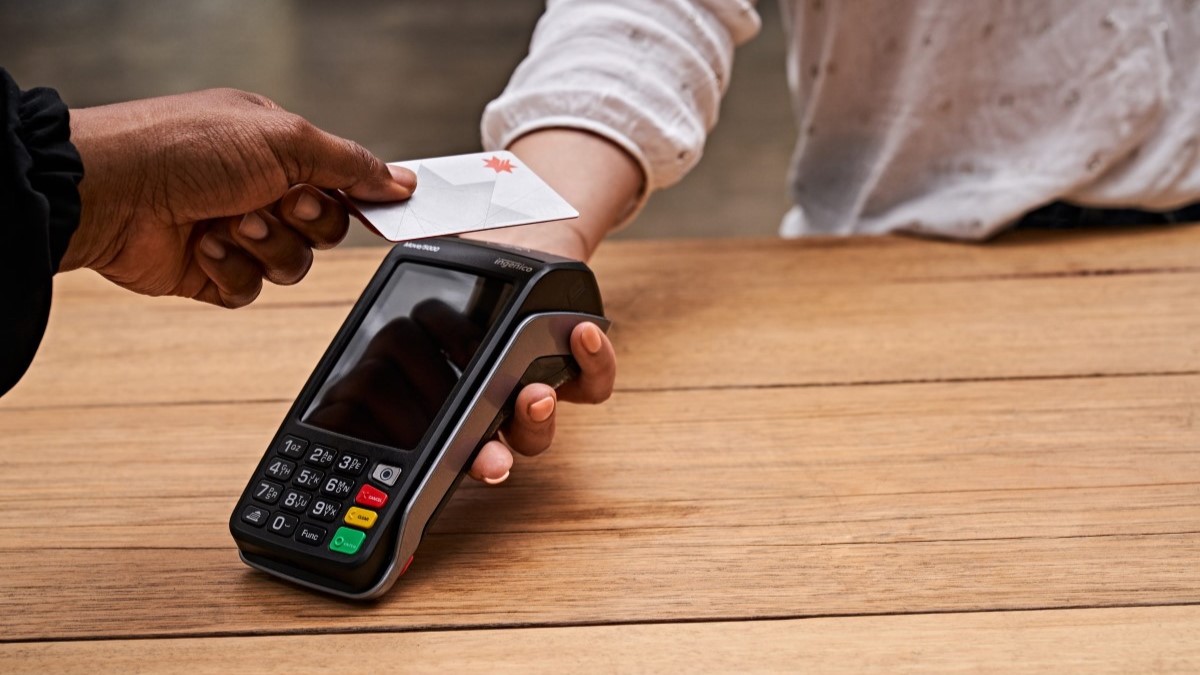The latest Reserve Bank (RBA) credit card data for March 2021 shows the use of debit cards rose by a sharp 17% in 2020, while credit card usage fell 10%.
A decade ago, debit cards made up 44% of all transactions and credit cards 32% - those figures have now changed to 71% and 25% respectively.
Active credit card accounts now number 14.8 million, while debit cards number 35.28 million.
Cheques meanwhile account for just 0.5% of all transactions.
Fewer than 7% of millennials now use credit cards, and Australian Banking Association (ABA) Executive Anna Bligh said debit card use had been accelerated since the beginning of the pandemic.
“Debit cards continue to be the number one choice when Australians purchase something in person or online, and that means the majority of us are paying with our savings instead of credit,” Ms Bligh said.
“This trend hasn’t always been the case. In 2006, Australians used credit and debit cards equally.
"Twelve years later in 2018, Australians used debit cards at almost double the rate of credit cards and just three years later, it’s almost triple.”
According to the ABA, this increase in debit card use is similar to the decrease seen in cash withdrawals, which represents the decline in cash transactions in an increasingly cashless economy.
Banks issued 325,000 debit cards to customers who had not previously used them, to let them make purchases where cash was no longer an option during the pandemic.
“Unsurprisingly, particularly due to stores encouraging cashless transactions throughout the pandemic, the use of cash declined a further 10% on the previous year, which is another sign of Australia moving closer and closer to a cashless society,” she said.
“Australians love new technology. More and more of us are doing our banking online or through apps and we can expect the use of cash to continue its decline in 2021 and the future.”
See also: CBA predicts Apple Pay, Google Pay will become the most popular way to pay
Aussies have more ways to pay than ever - and want more
It might be debit cards running the show at the moment, but other, more niche ways of paying have also grown in use in recent years, and especially over the pandemic months.
According to the Mastercard New Payments Index, almost three-quarters (71%) of Aussies surveyed said they now have access to more ways to pay than they did at this time last year.
Almost half of those (44%) said they wouldn't have tried new payment methods if it weren't for the pandemic: these methods include things like biometric payments, instalment plans, QR codes, and even cryptocurrencies.
Related: Would you pay with a microchip in your hand?
The index shows that today's consumers' "excitement around biometrics is growing, led by younger consumers and those who have already opted into other touch-free methods."
As many as 86% of Australians want to be able to buy "what they want, when they want and how they want", and Mastercard Australasia Division President Richard Wormald said Australians have made their preferences clear.
"Consumers expect choices that offer flexibility and security at every step of the way," Mr Wormald said.
"If the last year has taught Australians anything when it comes to payments, it’s how secure and easy electronic payments can be.
"Merchants that provide access to multiple ways to shop and pay are best aligned to meet consumers’ needs."
Mastercard's research shows 65% of Australians are open to using digital payments to help save money, and over half (55%) say digital payment methods have already helped them save.
"This shows that Aussies not only want more choice in payments, but are looking to digital solutions to improve their financial health," the report said.
Compare: Every buy now, pay later provider in Australia
The table below features savings accounts with some of the highest interest rates on the market.

- Bonus variable rate for the first 4 months on balances up to $250k and high variable ongoing rates.
- No fees and no monthly requirements to earn interest.
- Easily open an account online in 3 minutes.
Photo by CardMapr.nl on Unsplash








 Harrison Astbury
Harrison Astbury
 Denise Raward
Denise Raward

 William Jolly
William Jolly


